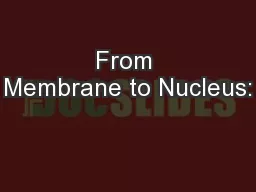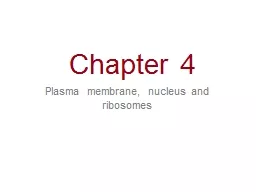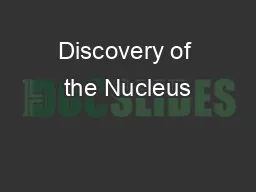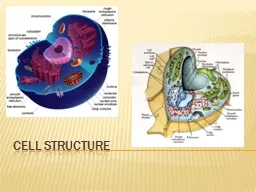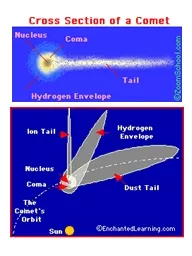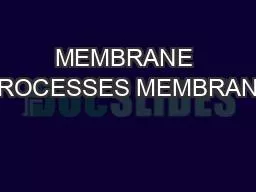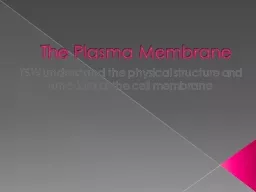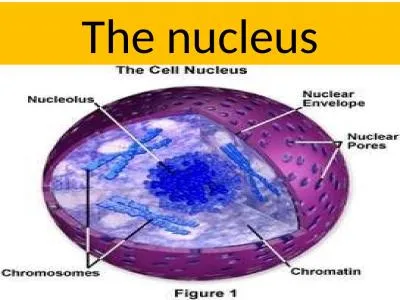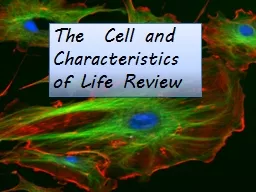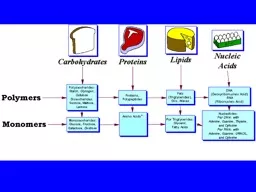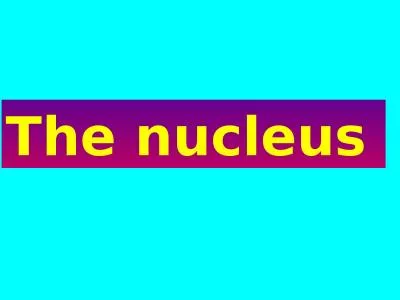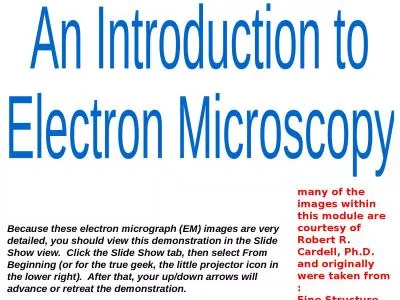PPT-From Membrane to Nucleus:
Author : briana-ranney | Published Date : 2017-05-23
T eaching Cell S ignaling via the R as Pathway Cell Biology Team Kathleen Marrs IUPUI James Marrs IUPUI Mariah Judd IUPUI Todd Murphy Ivy Tech Community College
Presentation Embed Code
Download Presentation
Download Presentation The PPT/PDF document "From Membrane to Nucleus:" is the property of its rightful owner. Permission is granted to download and print the materials on this website for personal, non-commercial use only, and to display it on your personal computer provided you do not modify the materials and that you retain all copyright notices contained in the materials. By downloading content from our website, you accept the terms of this agreement.
From Membrane to Nucleus:: Transcript
Download Rules Of Document
"From Membrane to Nucleus:"The content belongs to its owner. You may download and print it for personal use, without modification, and keep all copyright notices. By downloading, you agree to these terms.
Related Documents

